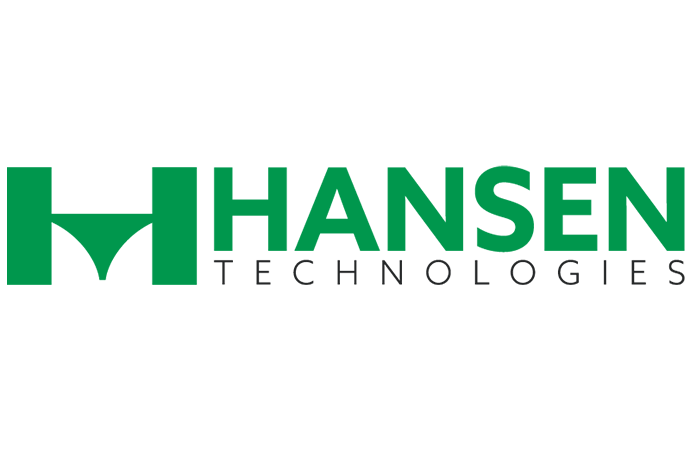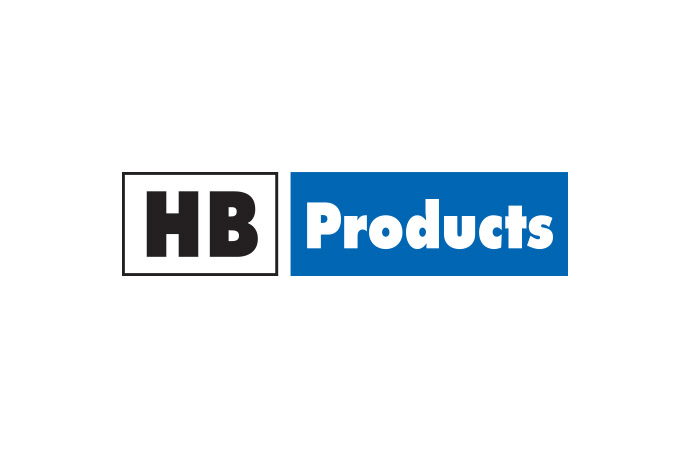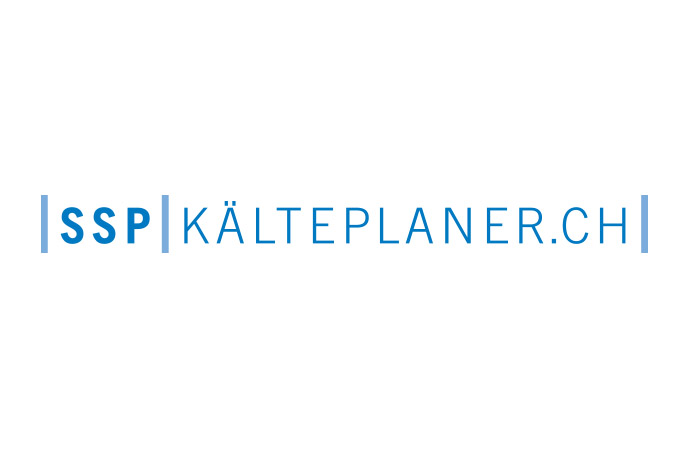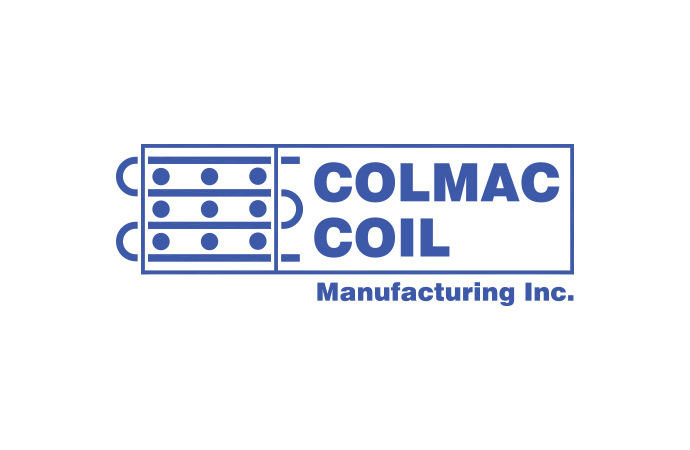In the 2012 interim Cool Technologies paper, Greenpeace outlines successful HFC- free installations, such as ammonia applications in various companies across the world. The report keeps track of new HFC-free installations and updates are being done constantly.

Key findings of the interim report of the 2012 edition of ‘Cool Technologies: Working Without HFCs’ were also presented by Janos Mate from Greenpeace at the ATMOsphere Bangkok 2012, side-event to the 32nd Open-Ended Working Group meeting on 27 July 2012. In his presentation he emphasised the accelerating trend of adopting HFC-free technologies, which could also be reflected in terms the progressive broadening of the report. While in 1995, when the survey was launched, the report had only up to 7 pages, this year’s edition will have more than 90 once finalised in November 2012.
Industrial applications of ammonia
Ammonia is typically used in a variety of industrial cooling applications. The report notes that Europe is at a forefront of using ammonia in industrial processes as well as for space heating.
Some recent examples presented in the report include:
- Belgian Icecream Group: Thanks to an advanced ammonia cooling system using developed by Axima Refrigeration, the ice cream manufacturer has been able to reduce the energy intensity by 10%.
- Coca-Cola Belgium and Luxembourg: The new ammonia-based refrigeration system installed by Axima Refrigeration at the distribution center coupled with other improvements such as frequency controlled compressors and fans save Coca-Cola around 25% in energy consumption.
- Edeka: Johnson Controls Systems installed a two-stage ammonia system with screw compressors at Edeka meat processing plant in Germany.
- Zipf Brewery: After a retrofit realised by KWN Engineering GmbH, the Zipf Brewery in Austria relies on an ammonia plant with slurry ice as coolant for its refrigeration needs.
- Roche: Committed to phase-out of ozone-depleting and climate-warming gases by 2015, the company is installing ammonia cooling in its new facilities in Germany, Ireland and the United States. At Roche’s Indianapolis facilities fluorocarbon chillers are in the process of being replaced with ammonia in the facility’s 16,000 m2 chiller plant building. In Ireland, a similar replacement reduces Roche’s CO2 emission by 575 tons annually.
Examples of companies using CO2/ammonia cascade systems in supermarkets:
- ASDA: The British supermarket chain uses CO2 and ammonia cascade systems at a number of distribution centers in the UK, installed by Star Refrigeration since 2002.
- Delhaize Group: The distribution center in Zellik, Belgium is refrigerated by ammonia. As the volume of ammonia had to be limited to the machine room and the condensers the system uses secondary cooling medium such as glycol or CO2.
- Auchan: Auchan supermarket has two stores in Hungary fitted with CO2/ammonia cascading systems. Reported energy savings are at least 35% better than with comparable R404a air-cooling systems.
- Carrefour: Two stores in Belgium and Italy opened in 2012 are using hybrid systems with ammonia and CO2.
- Makro South Africa: Three of the stores build in 2011 in South Africa are using a combination of ammonia and CO2 to meet 100% of its refrigeration needs. In addition, the recaptured heat from the cooling plant is used to provide hot water and heat as required in the store.
- Pick n Pay: In 2009, two supermarket stores in Johannesburg and Cape Town were converted to a cascade system with ammonia and CO2.
Ammonia in food distribution centers is also widely used in North America by retailers such as Sobey’s in Canada, Stop & Shop ad Target in the United States. The report also takes note of Tesco Lotus, the first fresh-food distribution center in Thailand running completely on ammonia as a refrigerant.
Send your input to update the report
The ‘Cool Technologies’ report is being updated on a continuous basis with new data from around the world. The final version of the 2012 edition is expected to be published in November 2012, during the 24th Meeting of Parties to Montreal Protocol in Geneva, Switzerland. Greenpeace welcomes information regarding new examples of HFC-free technologies, such as ammonia. Please feel free to forward them to jmate@telus.net.MORE INFORMATION
Related stories












_1522327086.png)






